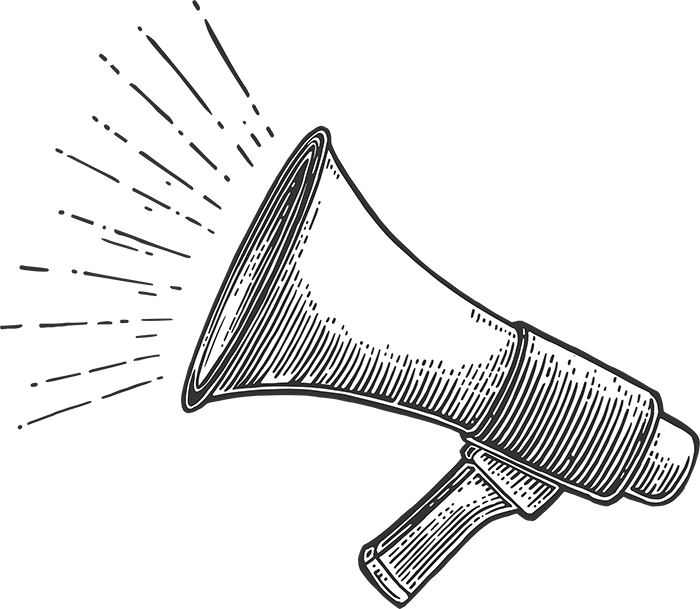The Online Video Revolution
Maybe it’s because it’s 9am and people are still jazzed up from their morning coffee, but these early morning keynotes are turning out some powerful stuff.
This morning’s keynote was entitled "The Online Video Revolution: A Marketer’s Dream or a Consumer-Generated Mess?" and was delivered by Paul Sagan (Akamai Technologies), Suzie Reider (YouTube), Jonathan Klein (CNN), and Sarah Fay (Isobar Communications).
It doesn’t take much to see that over the past year, users have been very vocal about wanting to see online video. Sarah Fay noted that the number of users watching television shows online has double since this time last year; YouTube’s Suzie Reader stated that 65,000 videos are being uploaded a day to YouTube, with far more than 100,000 videos being watched; and over at CNN, Jonathan Klein says users can’t get enough video – the more video CNN uploads, the more users who are watching.
Regardless of how you feel about it, video is here to stay.
One thing I found interesting was that, when asked by moderator Drew Ianni what was on her top of mind, Suzie Reader responded:
"How do we take the YouTube environment, capture what’s going on and bring marketers into it in a meaningful way without messing it up."
An important statement because I think that’s on everything’s mind these days. How do you take something so controlled by users and not let it get away from you? And then, how do you let marketers in without allowing them to affect (and ultimately destroy) what users have created naturally for themselves?
Sarah Fay, who was in my eyes the star of the panel, smartly noted that consumers have always had a ton of control over the success of brands, whether the brands purposely gave it to them or not.
Sarah Fay stated (slightly paraphrased):
"People are tuning out ads. By letting them create their own media on your site, it’s an attempt to try and bring them back into your brand. It’s a way to show the consumer that you trust them and that you are willing to let them have a voice in your world. There’s always going to be risk and potential for backlash, but if you respond in the right way it’s ultimately a positive thing."
By far the smartest statement I’ve heard in the past day and a half.
The panel also noted that users’ patience threshold is dropping at a rapid rate. In years passed it was said that a user would give your site 7 seconds to load before eyeing the back button. Now that number is down to less than 4 seconds. With users becoming increasingly more impatient, how do you create a system that uploads video as fast as users create them and how do you instill editorial control without creating a delayed system?
This problem becomes intensified for a site like YouTube. When YouTube launched it unleashed a system where brands have thousands of publishers instead of just one (themselves). YouTube (or perhaps now Google) will need to create an infrastructure that constantly able to handle the increase demands of users.
Infrastructure concerns are what separate online video from television and other forms of media. With television, it doesn’t matter what time of the day you watch or how many other people are watching the same show – it always works. On the Internet, if you air a program between 12pm and 2pm EST, it degrades severely because it’s the busiest time of the day. Along the same lines, if too many people try to access the same site, that site will crash
But customers don’t care. They expect higher performance with immediate, perfect results. If you don’t give it to them, they’ll find someone who will.
This was a great keynote and touched on a number of important issues facing online video. If you look at social networking and video, the consumption rate is going up at an alarming rate, which presents a big opportunity for marketers.
I have to admit, it was surprising to hear these panelists talk about online video in such a powerful way. It’s clear they don’t view consumer-generated media as the mess I thought they would. Instead, they understand its potential and are working hard to try and leverage it the most efficient way possible. Which is exactly what you should be doing.
26,000+ professionals, marketers and SEOs read the Bruce Clay Blog
Subscribe now for free to get:
- Expert SEO insights from the "Father of SEO."
- Proven SEO strategies to optimize website performance.
- SEO advice to earn more website traffic, higher search ranking and increased revenue.

Comments are closed









